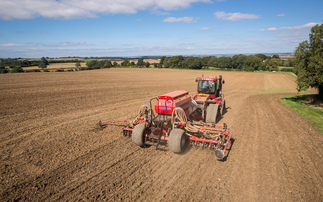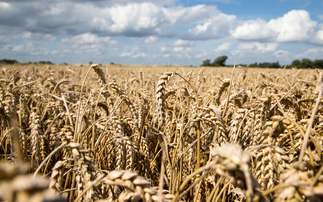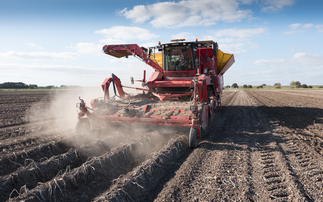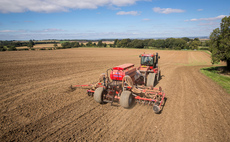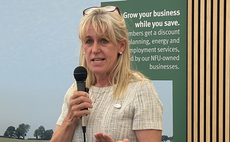
Selecting a cover crop mix should depend on requirements of future crops in the rotation and the growing conditions involved rather than SFI eligibility requirements.
That was a key message to growers at a recent open day organised by agronomy firm Hutchinsons at PF England and Son's 180-hectare farm at Warboys in Cambridgeshire.
Currently under the SFI actions for soils, growers have the option to apply for SAM2 which requires the establishment of a multi-species winter cover crop, in return for an annual payment of £129 per hectare.
Read more: Growers offered funding to cover crop
Reliability
Hutchinsons agronomist, Alice Cannon explained that although a minimum of two species are required in a cover crop mix to qualify for SAM2, loading the mixtures with more species provides more reliable cover across different soil conditions.
Ms Cannon said: "Many mixtures contain eight species of cover, they are included to ensure that at least six survive, as the mix is planted in different soil types between farms.
"Depending on where in the country you put the cover, a different six species will grow so you have reliability in the crop."
Listen to more: Crop It Like It's Hot Podcast - A crash course in cover crops
Species requirements
With many different cover crop mixes available, it is crucial to understand which species are in each mix, and if they will suit the soil and available management practices. For example, brown and white mustard species are popular within cover crop mixes but, require different management styles.
Brown mustard produces stems that snap easier when drilling into cover, while white mustard produces more lignified stems that can be challenging if not managed. It is also important that a brassica crop does not follow mustard in the rotation, to reduce pest and disease issues by widening the crop diversity, said Ms Cannon.
Dick Neale technical manager at Hutchinsons explained how both oil and tillage radishes can produce tap roots that penetrate the soil, but oil radish produces a larger, taller stem which can pose issues for growers looking direct drill into cover with a tined machine.
He said: "If we get the cover crop wrong leading to a cash crop failure, the £129/ha offered through the scheme will not be enough to correct the rotation."
Read more: Tips for getting success from cover crops in northern climates
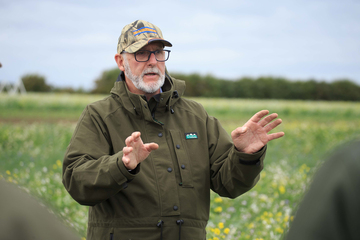
How to quantify cover crop benefits
In the first year of establishment, cover crops will take nutrition out of the soil which will take it away from the following crop, growers were advised.
Mr Neale said: "[The nutrition] will come back and it is not lost but it is important to understand how much nutrition is in the top growth of the cover crop and to plan for it to come back into the soil over the next two to three years."
The Hutchinsons cover crop assessment service can provide an insight into how much nutrition cover crop biomass can offer, he added.
Analysis of a Maxi Catch Crop mix grown at the site revealed that it had produced 22.8t/ha of fresh weight between the end of July and September, equivalent to 5t/ha dry weight. That contained 1.6t/ha of carbon, equivalent to around 20t/ha of farmyard manure, Mr Neale said.
"Even with a relatively short-lived catch crop, it is possible for an arable farm without livestock to grow large amounts of its own carbon," he added.
The analysis also revealed that the cover contained 143kg/ha of nitrogen, 115kg/ha potassium and 15kg/ha phosphate.
"The plants have taken a lot of that nutrition out of the soil, but it's not being lost. It's surprising how quickly that material will break down and release nutrients back into the soil, providing you've chosen the right mix and manage it correctly from sowing through to termination," Mr Neale concluded.







